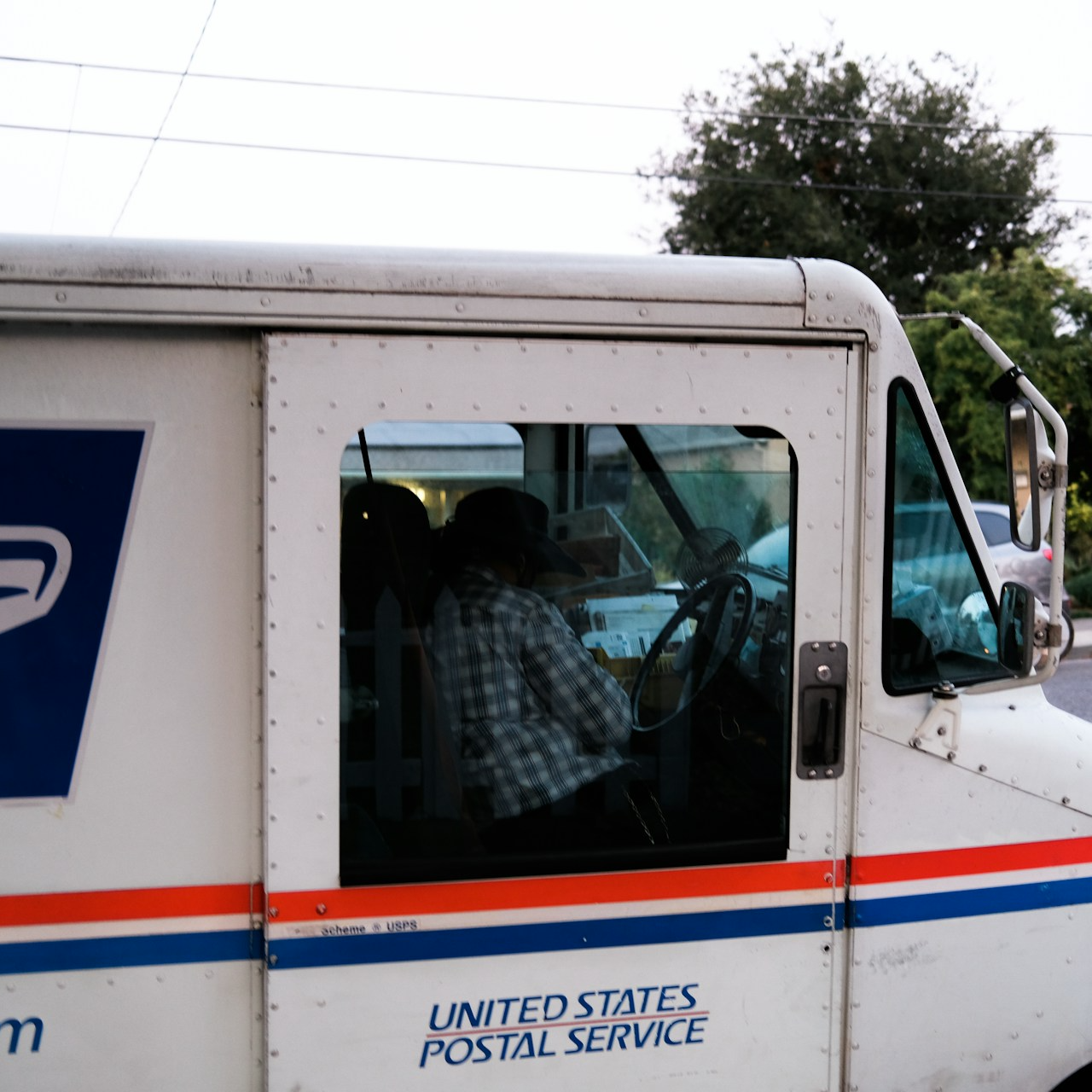Key Takeaways
-
Medicare Part C (Medicare Advantage) may include extra benefits, but if you’re enrolled in a PSHB plan, many of those extras may already be part of your coverage.
-
Enrolling in both PSHB and Medicare Part C at the same time could result in duplicated coverage, unnecessary costs, and potential conflicts in coordination of benefits.
Understanding What Medicare Part C Includes
Medicare Part C, also known as Medicare Advantage, is an alternative to Original Medicare offered through private health insurers. These plans combine Part A and Part B and typically include additional features such as:
-
Vision, hearing, and dental benefits
-
Gym memberships and wellness incentives
-
Transportation to medical appointments
-
Over-the-counter drug allowances
While these features may seem appealing at first glance, it’s essential to evaluate how they compare to what your PSHB plan already provides.
What PSHB Plans Offer in 2025
In 2025, the Postal Service Health Benefits (PSHB) Program continues to provide robust health coverage for USPS retirees and employees. Many PSHB plans already include:
-
Comprehensive medical and hospital coverage
-
Prescription drug benefits for Medicare-eligible retirees through an integrated Medicare Part D EGWP
-
Routine vision and dental coverage
-
Wellness programs
-
Preventive care services
Additionally, PSHB plans that coordinate with Medicare Part B often waive or reduce out-of-pocket costs, including deductibles and copayments, making them even more cost-efficient when used together.
Comparing PSHB and Part C: Where Overlap Happens
When you’re eligible for both Medicare and PSHB, it’s natural to consider all your options. But here’s where duplication can occur:
-
Prescription Drugs: PSHB plans for Medicare-eligible enrollees already include Part D drug coverage. If you join a Medicare Part C plan that includes drugs, you’re duplicating a benefit.
-
Vision, Dental, and Hearing: Many PSHB plans already offer these services. Adding a Part C plan may not significantly enhance this area but may increase your premium outlay.
-
Network Restrictions: PSHB plans tend to offer broader nationwide provider access, while many Part C plans are limited to specific regional networks or service areas.
-
Cost-Sharing: With Medicare Part B, your PSHB plan may significantly reduce cost-sharing. Medicare Part C plans, on the other hand, have their own out-of-pocket maximums and cost-sharing structures.
Why Coordination of Benefits Matters
If you’re enrolled in PSHB and a Medicare Advantage plan, coordination of benefits can get complicated. In many cases:
-
Your Medicare Advantage plan becomes the primary payer.
-
PSHB may not provide additional coverage or pay secondary.
-
You may be responsible for costs that neither plan covers fully.
This means you’re paying for two plans that might not work well together—and you may not get the value you expect.
PSHB + Medicare Part B: A Smoother Path
For Medicare-eligible annuitants, the PSHB system is specifically designed to integrate with Medicare Part B. When you combine the two:
-
Medicare pays first.
-
Your PSHB plan pays secondary, often covering what Medicare doesn’t.
-
You reduce your out-of-pocket exposure.
-
You avoid duplication of benefits.
This setup is seamless, and PSHB plans are structured to make the most of the Medicare coordination, including features like waived deductibles and reduced copayments.
Part C Could Limit Access to PSHB EGWP Drug Benefits
In 2025, PSHB plans continue offering an enhanced Part D prescription drug benefit through an Employer Group Waiver Plan (EGWP). However, if you enroll in a Medicare Part C plan that includes drug coverage, you’ll lose access to the EGWP coverage under PSHB.
This could mean:
-
Higher out-of-pocket drug costs under a different plan
-
Losing access to certain postal-specific pharmacy benefits
-
Disruption in coverage for drugs you currently take
For many PSHB enrollees, this trade-off is not worth it.
Cost Considerations in 2025
While some may be drawn to Medicare Advantage plans for their extra benefits, they are not free. In 2025, you still need to pay:
-
Your Part B premium (standard is $185/month)
-
Any additional premium required by the Medicare Advantage plan
Meanwhile, with PSHB and Part B, your combined coverage is already optimized. The government continues to cover a significant portion of your PSHB premium, and many retirees benefit from reduced out-of-pocket costs through Medicare coordination.
Additional Benefits May Already Be Included
Wellness extras like gym memberships, over-the-counter allowances, and care coordination may sound like bonuses exclusive to Part C—but they’re not. Many PSHB plans offer similar features:
-
Nurse lines and health coaching
-
Preventive screenings
-
Access to disease management programs
-
Telehealth services
These services are included with many PSHB plans and do not require you to enroll in a separate Medicare Advantage plan.
When Medicare Part C Might Be Worth Considering
While PSHB generally offers comprehensive coverage with Medicare Part B, there are a few scenarios where a Medicare Advantage plan might be worth reviewing:
-
You don’t plan to keep PSHB in retirement and want an alternative to Original Medicare
-
You live in an area with limited access to PSHB plan networks
-
You’re eligible for a Special Needs Plan (SNP) under Medicare Advantage and require highly specific care coordination
However, these scenarios apply to a narrow group of enrollees. For most PSHB-eligible retirees, sticking with PSHB and Part B is the better move.
What You Should Do Before Making Any Switch
Before enrolling in a Medicare Part C plan, take the following steps:
-
Review your current PSHB plan brochure in detail
-
Compare how the plan coordinates with Medicare Part B
-
Evaluate whether you’re already receiving the extras you’re looking for
-
Understand what you’ll lose, including EGWP prescription benefits
-
Contact a licensed insurance agent listed on this website to discuss your situation
Remember: Medicare Advantage plans are not one-size-fits-all, and neither is PSHB. A careful side-by-side comparison is essential before making any change.
Stay Focused on Value—Not Just Extras
While it’s easy to be enticed by the idea of extra perks, the core of your health coverage should always be comprehensive, reliable, and cost-effective. PSHB was created with postal retirees and employees in mind. It’s structured to work with Medicare Part B, not compete with it.
In many cases, adding a Medicare Advantage plan adds more complexity than benefit.
Your PSHB Plan Is Designed to Work—Adding Part C Could Get in the Way
If you’re already enrolled in PSHB and Medicare Part B, you likely have everything you need. Adding Medicare Part C might create more problems than it solves. Instead of duplicating benefits and navigating a maze of coordination issues, stick with the system built to support you.
If you still have questions or are unsure about your Medicare and PSHB options, reach out to a licensed insurance agent listed on this website to get personalized help.









